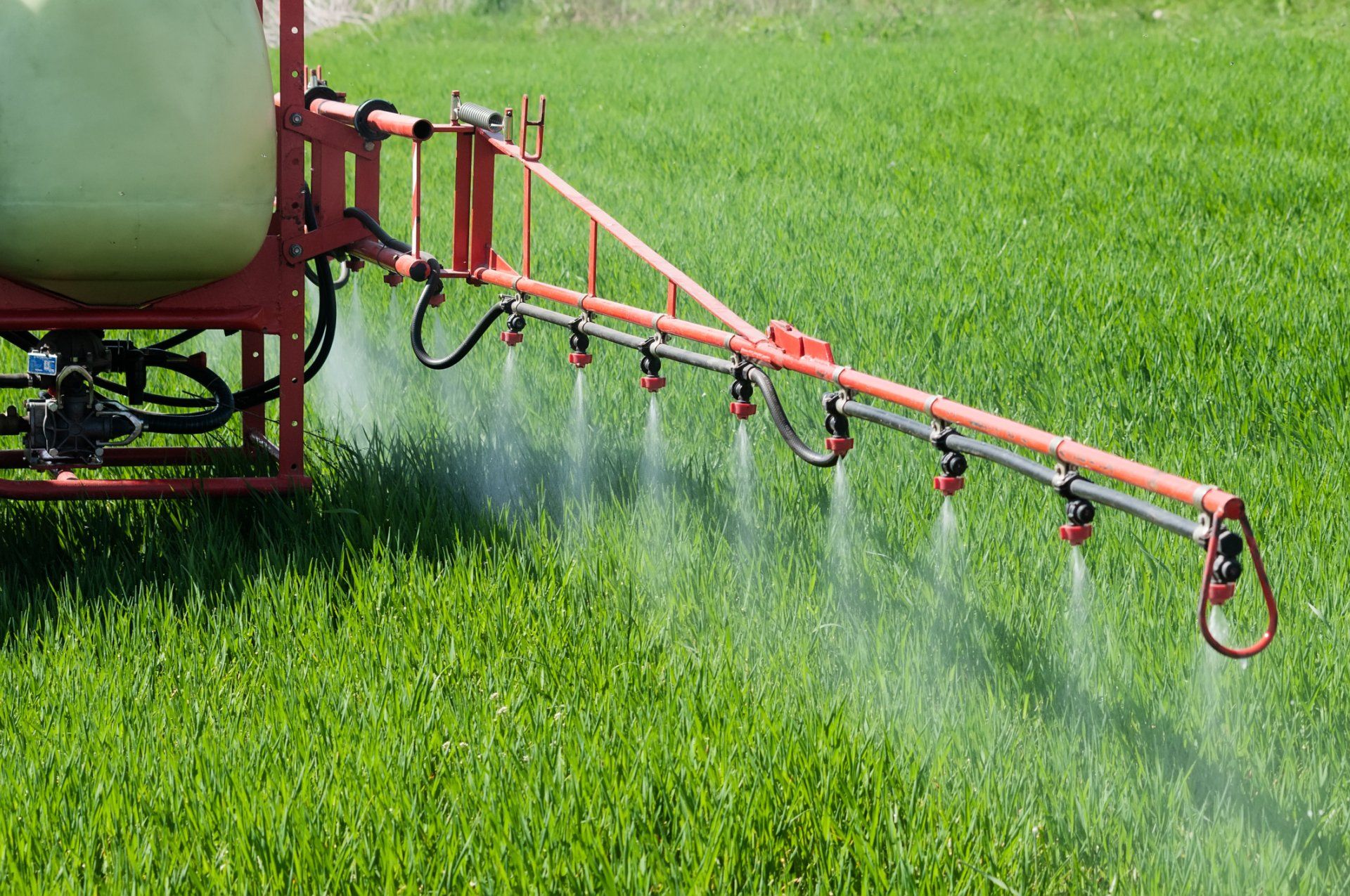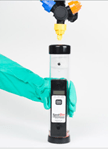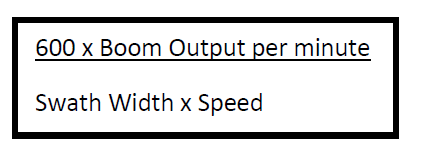An example calculation
Boom output per minute = 47Ltrs/min
Swath Width = 24 metres
Speed = 8 Km/Hr
Rate per Hectare =
Step 1
600 X 47 = 28,200
Step 2
24 X 18 = 432
Step 3
28,200 (answer to step 1) divided by 432 (answer to step 2)
28,200 / 432 = 65.27 Litres / Ha
Boom Output per minute = measure the total flowrate of all nozzles over the boom.
For example a boom that has 47 nozzles will require all 47 to measured and the flowrates added together.
Swath Width = in metres measure the pattern at target.
This can be calculated by (number of nozzles +1) multiplied by spacing of nozzles (in metres).
For example on a boom with 47 nozzles set at 50cm the swath width is 24 metres, calculated as below
(47 + 1) x 0.5
Step 1
Add 47 + 1 = 48
Step 2
Multiply 48 by 0.5 = 24 metres (0.5 is 50cm in metres)
Speed = Km/Hr
In most cases this will be decided by choice of operator depending on field conditions.
Speed can be calculated using the below formula.
Distance (in metres) x 3.6 divided by time taken in seconds.
Hint use 100 metres
This formula can be simplified to 360 divided by time taken to travel 100 metres.
For example set the tractor to the correct gear and rpm that will be used in operation then time in seconds how long the tractor takes over 100 metres. (say this was 20 seconds)
Then the calculation would be 360 divided by 20 seconds = 18 Km/Hr.




